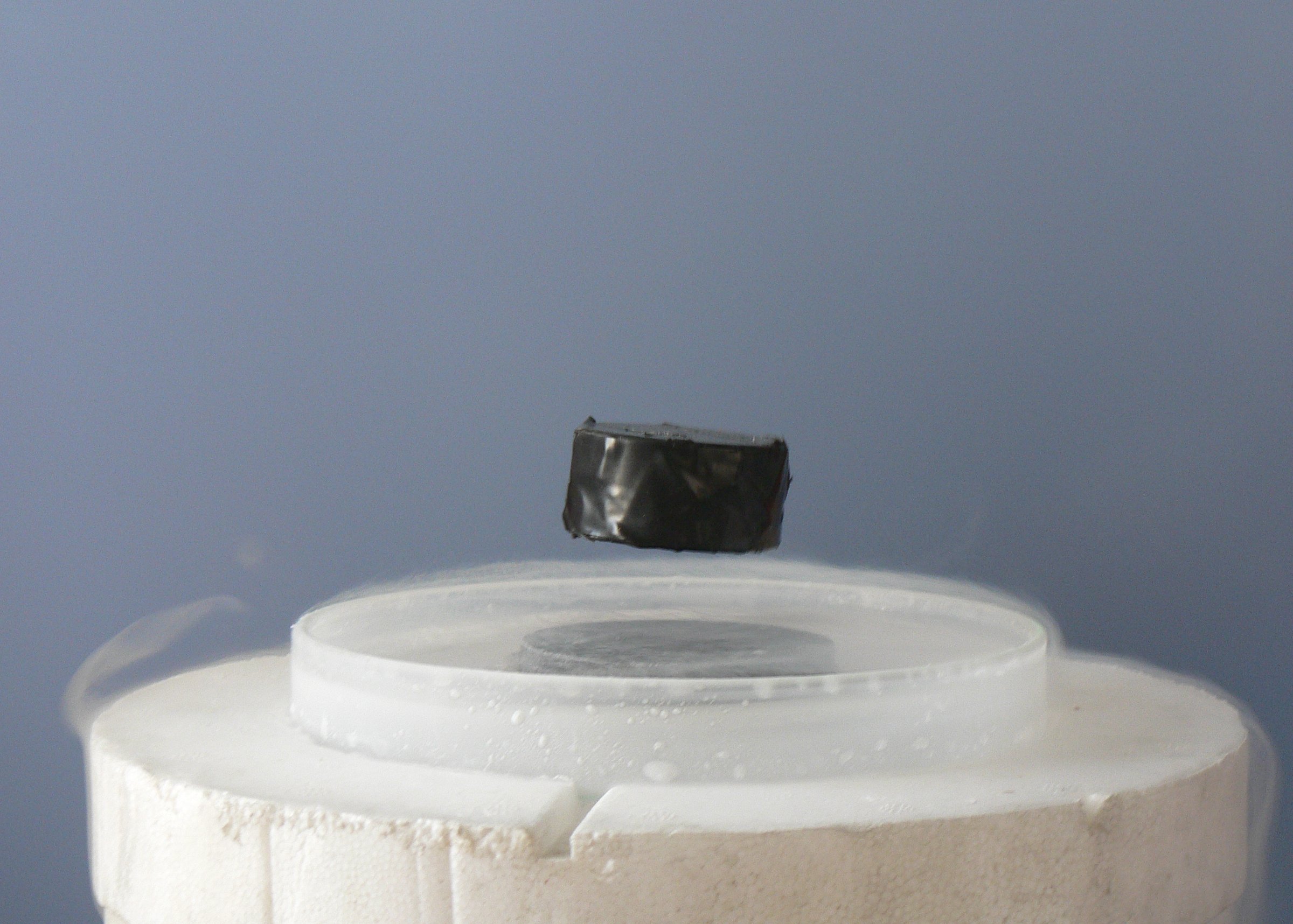Superconductivity
- Introduction to Superconductivity
- Theoretical Foundations
- Types of Superconductors
- Superconducting Materials
- Superconducting Phenomena
- Superconducting Devices
- Superconductivity and Quantum Computing
- Challenges in Superconductivity
- Future of Superconductivity
- Case Study: Superconductivity in Energy Sector
- Case Study: Superconductivity in Medical Field
- Case Study: Superconductivity in Transportation
Review and Discussion
Discussion on Current Research in Superconductivity

Electrical conductivity with exactly zero resistance.
Superconductivity, a phenomenon of zero electrical resistance and expulsion of magnetic fields, has been a subject of intense research since its discovery in 1911. The field has seen numerous breakthroughs and advancements, and current research continues to push the boundaries of our understanding and application of this fascinating phenomenon.
Latest Breakthroughs in Superconductivity Research
One of the most significant recent breakthroughs in superconductivity research is the discovery of room-temperature superconductivity in a hydrogen-rich compound under high pressure. This discovery, made in 2020, has been a major milestone in the field, as room-temperature superconductivity has long been a holy grail for physicists.
Another exciting development is the discovery of topological superconductors, materials that carry a supercurrent on their surface or edges, while the bulk of the material behaves as an insulator. These materials have potential applications in quantum computing due to their unique properties.
Current State of Research in High-Temperature Superconductivity
High-temperature superconductors, materials that exhibit superconductivity at relatively high temperatures, have been a major focus of research. The highest critical temperature (Tc) for superconductivity was previously around -135 degrees Celsius in cuprates. However, the recent discovery of room-temperature superconductivity under high pressure has significantly shifted this limit.
Despite these advancements, the mechanism behind high-temperature superconductivity is still not fully understood, and this remains an active area of research.
Latest Advancements in Superconducting Materials
Research in superconducting materials has also seen significant advancements. The discovery of new superconducting materials, such as iron-based superconductors and heavy fermion superconductors, has expanded our understanding of the phenomenon.
Moreover, the development of thin film superconductors and nanostructured superconductors has opened up new possibilities for applications in various fields, from electronics to energy technology.
Current Challenges and Potential Solutions in Superconductivity Research
Despite the significant progress, several challenges remain in superconductivity research. One of the major challenges is the development of room-temperature superconductors that work under ambient pressure. Another challenge is the fabrication of large-scale, high-quality superconducting materials for practical applications.
Potential solutions to these challenges are being explored, including the use of novel materials, advanced fabrication techniques, and theoretical models. The future of superconductivity research looks promising, with ongoing advancements paving the way for new discoveries and applications.